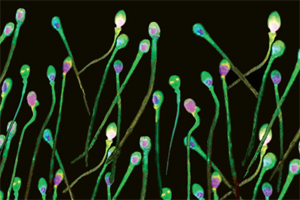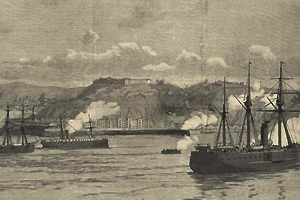It is made up by the organs involved in reproduction, in other words, organs whose function is transporting male sex cells -called spermatozoa or sperms– towards the woman’s uterine (or Fallopian) tubes, where fertilization takes place.
The male genitals involved in this system are split into external and internal. The former include the penis and scrotum, while the latter group contains the testicles, epididymis, deferent ducts (ductus deferens), seminal vesicles, ejaculatory duct, prostate and part of the urethra.
The main functions of the male reproductive system are:
– Sex cells: the testicles are in charge of producing sperms through a process of cell division that starts at puberty.
– Fertilization: during sexual intercourse, sperms enter the vagina first, then the uterus and ultimately the fallopian tubes. If there is an ovum, it is possible for a sperm to fertilize it, bonding to form a single cell.
External organs
As we mentioned before, the external organs of the male reproductive system are the penis and a pouch called scrotum.
The penis is a tube-shaped sex organ that is boneless and is located in the perineum region (the space between the anus and the external sex organs). It consists of three parts: the posterior part or root, the internal part and the anterior part. This last part is subdivided into three sectors: the glans, which is the tip of the penis, a round head that contains the exit orifice; the foreskin (prepuce), a fold of skin that covers and protects the tip of the penis; and the urinary meatus, the tip of the glans, where urine and semen come out.
The internal part has two sets of erectile tissue: the cavernous body (corpus cavernosum, there are two of them) and the spongy body. This organ has two functions: transporting spermatozoa towards the female reproductive organs during sexual intercourse and releasing urine from the bladder towards the outside.








 En 1866 Valparaíso fue bombardeado
En 1866 Valparaíso fue bombardeado